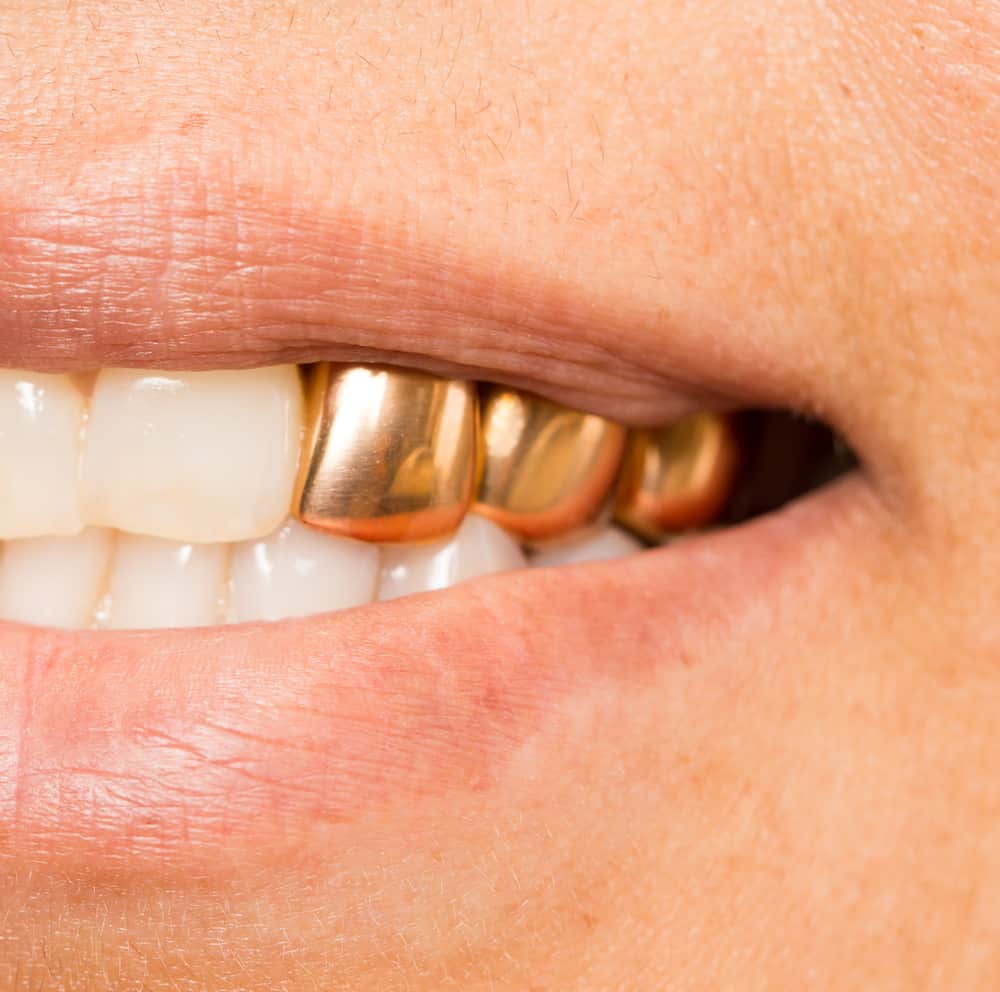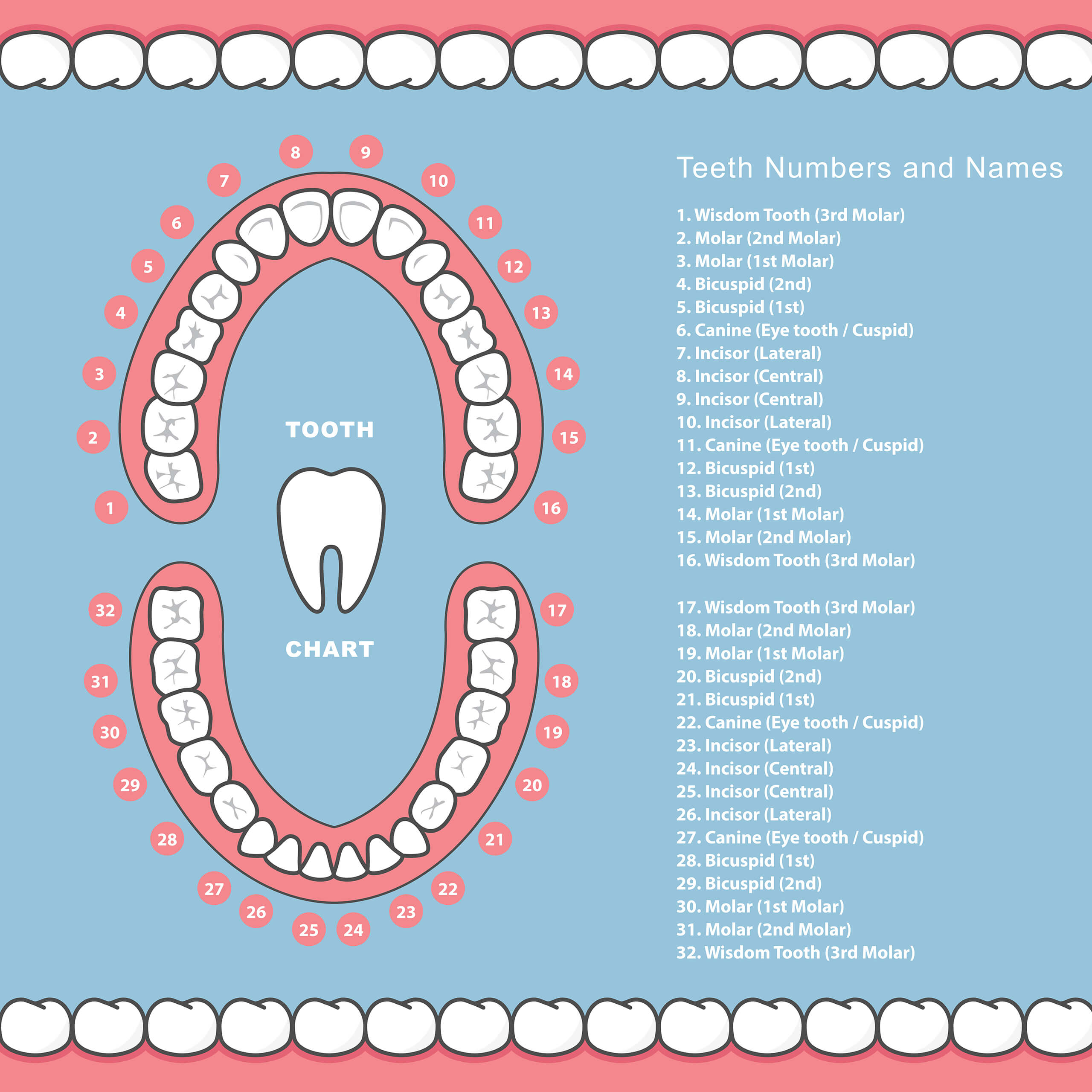The History of Quincy Hall and its Significance

Quincy Hall, a prominent landmark in the heart of the community, boasts a rich history that intertwines with the very fabric of its development. From its humble beginnings to its current standing as a symbol of heritage and progress, Quincy Hall’s journey offers a fascinating glimpse into the evolution of the local area.
Origins and Historical Relevance
Quincy Hall’s origins can be traced back to the early 19th century, when the community was experiencing a period of rapid growth and urbanization. The hall was initially constructed as a private residence for a prominent local family, the Quincies, who were known for their contributions to the community’s economic and social development. The building’s architectural style reflected the prevailing trends of the time, incorporating elements of neoclassical design with intricate details that showcased the craftsmanship of the era.
Role in Community Development
Over the years, Quincy Hall transitioned from a private residence to a public space, serving as a hub for various community activities. It hosted social gatherings, town meetings, and cultural events, fostering a sense of unity and shared identity among the residents. The hall’s central location and its welcoming atmosphere made it a popular gathering place for people from all walks of life.
Significance of the Name
The name “Quincy Hall” is a testament to the legacy of the Quincy family, whose name became synonymous with the community’s prosperity and growth. The hall’s association with the Quincies served as a constant reminder of their contributions to the local area and their commitment to its well-being.
Architectural Features and Evolution
Quincy Hall’s architectural features have evolved over time, reflecting the changing tastes and trends of each era. The building’s original neoclassical facade has been preserved, but additions and renovations have been made to accommodate the changing needs of the community. The hall’s interior has also undergone transformations, with modern amenities being incorporated while preserving its historical character.
The Cultural Significance of Gold Teeth: Quincy Hall Gold Teeth

Gold teeth, a captivating and often controversial fashion statement, have a rich and complex history deeply intertwined with cultural contexts and societal perceptions. From ancient times to contemporary hip-hop culture, the allure of gold teeth has transcended geographical boundaries and socioeconomic barriers, reflecting a fascinating interplay of symbolism, status, and artistic expression.
Historical and Cultural Contexts, Quincy hall gold teeth
The practice of adorning teeth with gold dates back centuries, with evidence found in ancient civilizations like the Etruscans and Mayans. These early cultures viewed gold as a symbol of wealth, power, and divine favor, and gold teeth were often associated with royalty, religious figures, and high-status individuals. In ancient Egypt, gold teeth were believed to possess healing properties and were used to ward off evil spirits. During the Middle Ages, gold teeth were used primarily for restorative purposes, as a way to repair damaged or missing teeth. However, as the Renaissance dawned, gold teeth began to evolve into a fashion statement, particularly among the wealthy and elite. This trend continued into the 18th and 19th centuries, with gold teeth becoming increasingly popular among European aristocrats and celebrities.
Symbolism and Subcultures
Gold teeth have held different meanings across various communities and subcultures. In some cultures, they represent prosperity, success, and social status. In others, they are seen as a symbol of rebellion, individuality, and street credibility. Within the hip-hop community, gold teeth have become an iconic symbol of cultural identity and a powerful expression of artistic expression.
Social and Economic Factors
The popularity of gold teeth has been influenced by social and economic factors. In many cultures, gold is seen as a tangible symbol of wealth and status. The ability to afford gold teeth, especially in large quantities, can be seen as a sign of economic success and social mobility. In certain communities, gold teeth can also serve as a form of social currency, helping to establish a person’s reputation and influence.
Gold Teeth and Hip-Hop Culture
Gold teeth have played a pivotal role in the evolution of hip-hop culture, becoming synonymous with the genre’s aesthetics and identity. During the 1980s and 1990s, as hip-hop gained mainstream popularity, gold teeth emerged as a prominent fashion statement among rappers and other artists. The use of gold teeth in hip-hop music videos, album covers, and fashion editorials helped to solidify their connection to the genre and its cultural significance. Gold teeth became a symbol of authenticity, street credibility, and artistic expression, embodying the values and experiences of many within the hip-hop community.
Quincy hall gold teeth – Quincy Hall, with his gold teeth glinting, was known for his quick wit and even quicker feet. He’d dance around the room like a whirlwind, leaving everyone breathless. It reminded me of Soufiane El Bakkali , the Moroccan steeplechase champion, who navigates the track with such grace and speed.
Like Soufiane, Quincy was a master of his craft, leaving everyone in awe with his talent and charisma. It’s no wonder he was always the center of attention, his gold teeth flashing a mischievous grin.
The gleam of Quincy Hall’s gold teeth was a testament to his lavish lifestyle, a lifestyle that mirrored the opulent world of the “roje stona” – the diamond merchants of old. Their trade, detailed in roje stona , was a world of opulence and intrigue, much like Quincy Hall’s own life, where every detail, from his teeth to his attire, spoke of wealth and power.